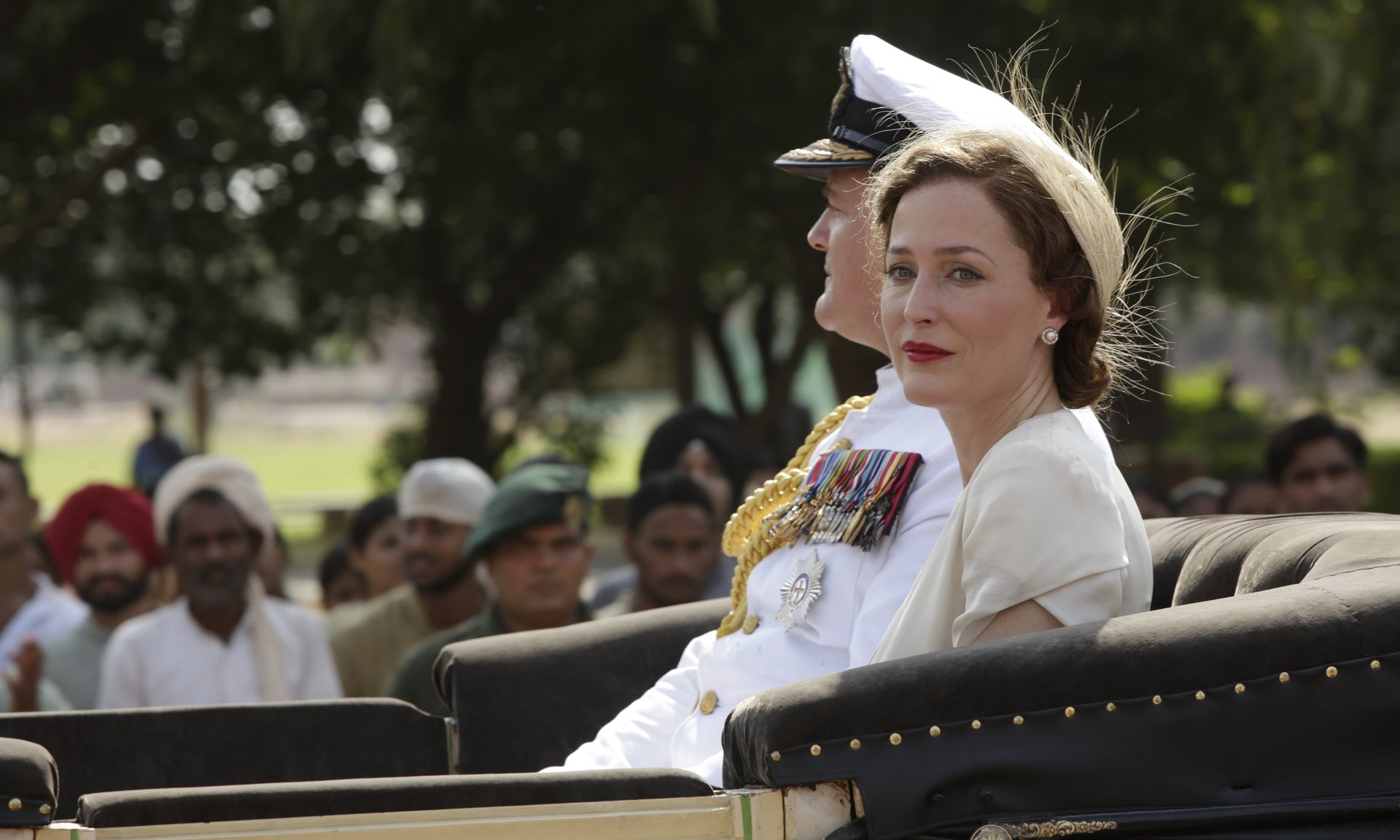Harnessing exceptional potential, Viceroy’s House remarkably fails to deliver a believable portrayal of the remaining few months of British colonial rule in India. The plot focuses on the separation of India and Pakistan under Lord Mountbatten. It is depicted through the viewpoints of the Indian workforce downstairs, alongside the politically motivated actions of the British aristocracy upstairs, resulting in dire ramifications during the largest mass migration in human history.
Timely mentions of Attlee’s Labour Government, rationing, and Churchill’s post war aims help paint a vivid portrait of Britain in 1947, but it’s rather a shame that this sentiment is not extended to fully represent the discord in India between the Hindus, Muslims, and Sikhs at the time. Although Viceroy’s House offers opulent settings and beautiful costumes, it lacks substance, and ultimately fails to do this crucial period of Anglo-Indian history much justice.
Opportune moments in the film to present the disharmony are eclipsed by British affairs, such as the mass burning in Rawalpindi being under-developed as news arrives that ‘Lilibet is engaged to be married to the handsome Philip.’ Chadha seamlessly builds up tension, and presents the feeling of disharmony, but fails to elaborate, sadly making it a movie of missed-chances and deafening clichés. The badly woven plot lines, and a script which offers all the pomp and circumstance but lacks subtlety and clarity, result in significant aspects of this period being lost between haphazard yells of ‘Jaldhi’, ‘Dickie’, and ‘Zindhabadh’.
Instead of anticipating a true representation of the handover of imperial power, one should perhaps view the film for the excellent cinematography, intelligent use of newsreel footage, and A. R. Rahman’s poignant score which carry the movie where the dialogue fails to do so.
Khadija Begum
Image courtesy of Pathe

